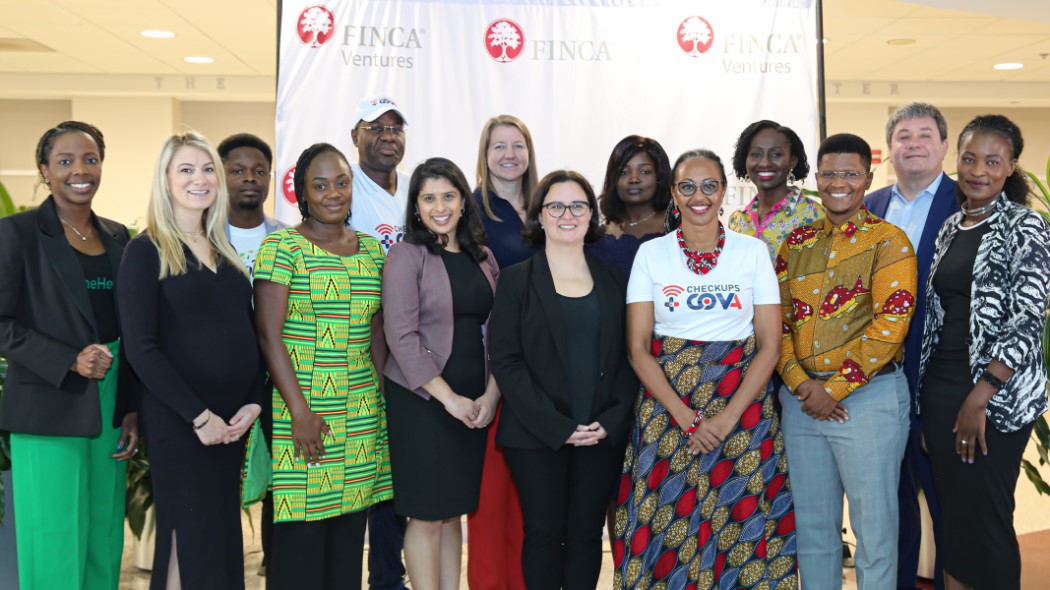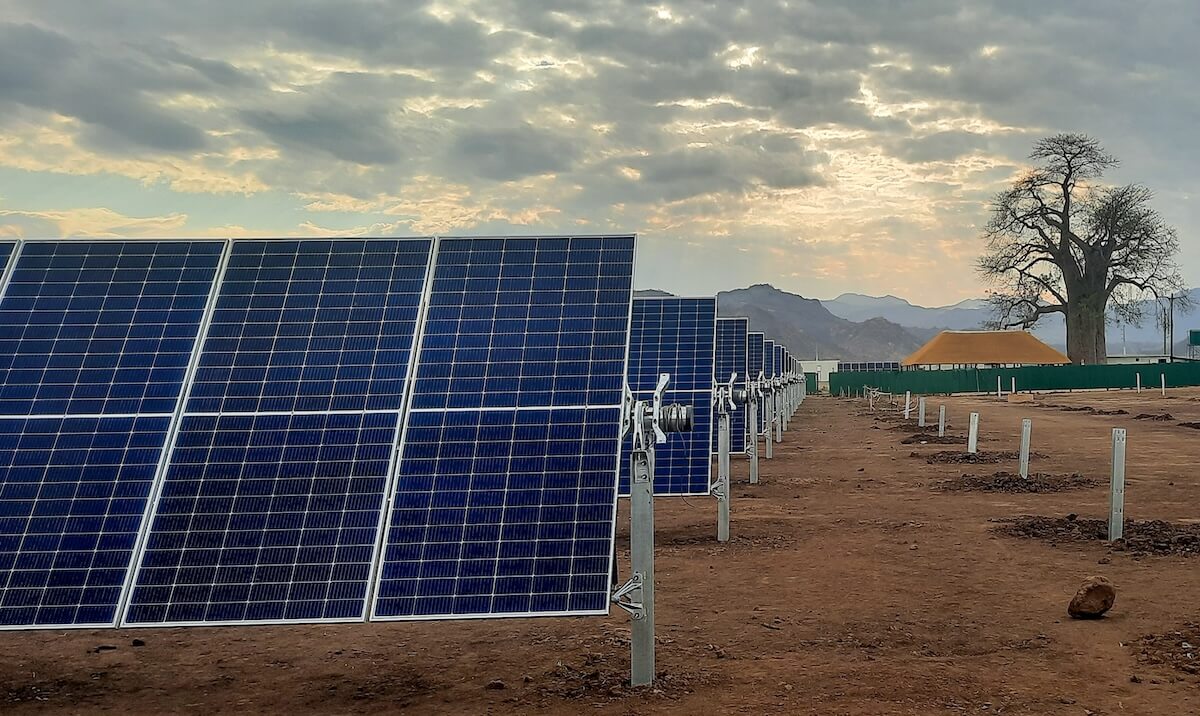To tradeoff or not to tradeoff: that is not the question, according to Omidyar Network, the impact investing firm of eBay founder Pierre Omidyar and his wife, Pam.
Rather, investors who accept below-market returns should demand to know how that concession is helping to catalyze new markets that can drive positive social change.
In the winter issue of the Stanford Social Innovation Review, leaders of Omidyar Network, which has deployed more than $1 billion in grants and investments in the past decade, try to put an end to the “tradeoff” debate.
The long-running tradeoffs debate has pitted those who believe that achieving impact requires a financial concession versus those who believe investors can have their cake (impact) and eat it (market-rate returns), too.
In order to avoid market distortions and outright bad investments, Omidyar Network executives advocate bright lines around such concessions and other subsidies. They argue that below-market rate returns can only be justified by broader market development benefits, that is, system-level impact beyond the level of a company and its customers.
“We’ve outlined those three specific categories — new models and new markets, infrastructure, and working with policy — as places where we feel subsidy can be justified,” says Yasemin Saltuk, senior manager of Omidyar Network’s intellectual capital unit.
“The greater the financial ‘concession,’ the more compelling the expected market impact needs to be,” the Omidyar Network team writes in the article.
The new framework is intended to help investors with flexible capital, including foundations and wealthy individuals, better mitigate new market risks and create the conditions for commercial investors to scale up potential solutions.
ImpactAlpha caught up with Yasemin Saltuk to discuss how Omidyar Network thinks about its investments across the returns spectrum.
ImpactAlpha: How has the tradeoff debate hampered the development of impact investing?
Yasemin Saltuk: When you are an investor, the most important thing is to look at the opportunity in front of you and decide what you think is the appropriate return profile for that intervention, for that impact, that you could pursue or that you hope will be achieved. We want to shift the debate to a more productive starting point, particularly for those who are just starting to look at this market as an opportunity they would consider.
ImpactAlpha: How does the new framework help the Omidyar Network assess investments?
Saltuk: It’s part of the assessment memo when an investment lead wants to bring a deal to the investment committee. They have to categorize that opportunity with the categories in the paper and articulate the impact expectations and provide some evidence as to why they think those impact expectations are achievable and realistic. Then the conversation is held during investment committee about why the category is what it is and whether the impact potential is realistic and then whether the return projections are appropriate given the impact on the table.
We hold those sub-commercial profile opportunities to a higher standard, or I should say, an additional standard: you need to evidence of some market-level impact. By market-level impact we mean social impact that extends beyond a company’s customers to the broader marketplace. And that is something that we expect investment leads to be able to speak to in the investment committee meeting. So it kind of forces that level of diligence at the outset of investment, to have it built into investments that way.
ImpactAlpha: So Omidyar Network is defining impact in terms of building the marketplace, beyond an individual organization. What kind of market-level information are you collecting to measure that impact?
Saltuk: I would say that it’s not a quantitative measure. It’s something like in the case of MicroEnsure, where you have another entrant come into the market, like Bima. It’s something we would measure based on several indicators identifying that things are moving in the right direction. I wouldn’t say there’s a day where we say, “Suddenly we’ve affected that market-level impact change.”
It’s more of a gradual process that we want to track over time and that it’s trending in the right direction. And so with MicroEnsure, the entrance of Bima into the market, the entrance of strategic multi-national corporates paying attention to that market place, making acquisitions within that sector, those are all things that are indicators that this market-level change is happening.
ImpactAlpha: Do sub-commercial investments distort the market?
Saltuk: That’s an important question. We don’t want to distort markets unnecessarily and we’re very sensitive to the potential negative and also unintended consequences of the commercial capital. We’ve outlined those three specific categories — new models and new markets, infrastructure, and working with policy — as places where we feel subsidy can be justified. Especially in certain cases, we hope that that subsidy is for a short time.
In the case of new markets and new models, we hope that you are just proving out the concept in the beginning and you need a little bit of subsidy to cushion the fact that there’s a lot of consumer education that needs to take place around your product or your service. Or that you have to go and work with policy makers to make a softer policy regime around the business that you’re trying to build.
That’s an initial outlay, but over time the business should be a sustainable business and a profitable business hopefully growing to scale, In the initial outset you do need that additional subsidy if you will to help support through those initial phases.
ImpactAlpha: Omidyar Network brings multiple tools — grants, sub-commercial and commercial investments — to solving these problems. Not all investors think they have this flexibility.
Saltuk: We don’t expect everyone to. This is quite a unique setup that we have here and we have that flexibility. But we hope that sharing our framework helps people to start thinking about, if there is any flexibility, how they can start applying that flexibility in funding in a rigorous way.
https://medium.com/media/c982b1e36bcbaf50b255e8936f0dd37f/href











